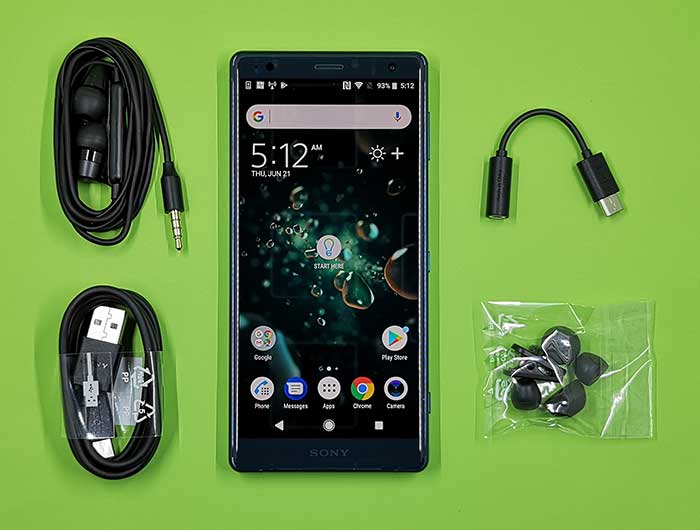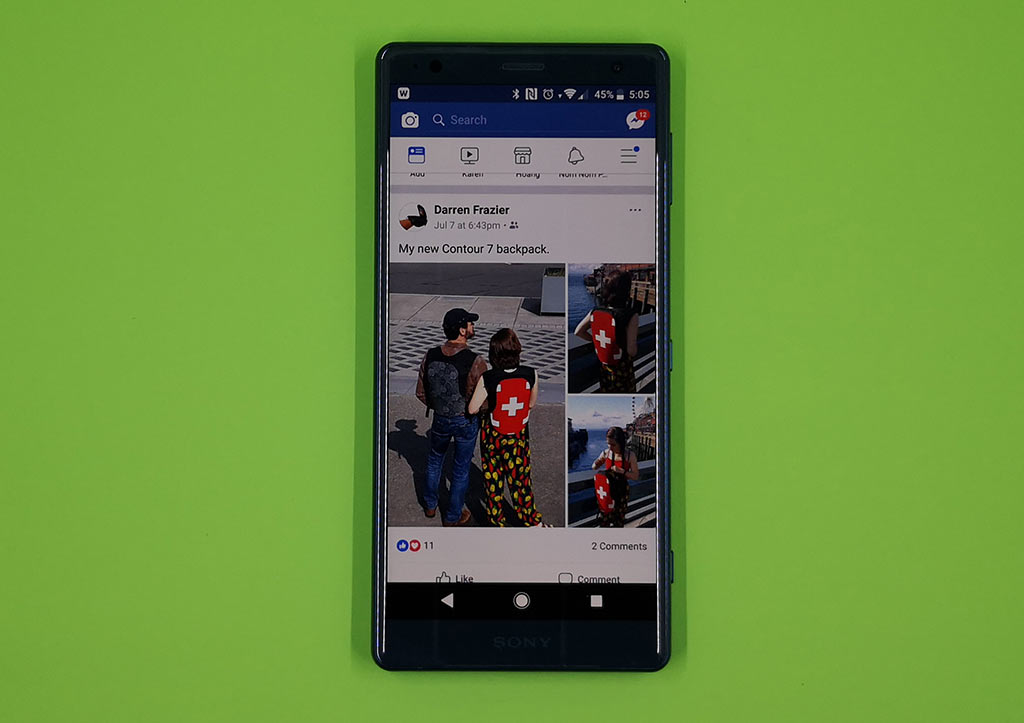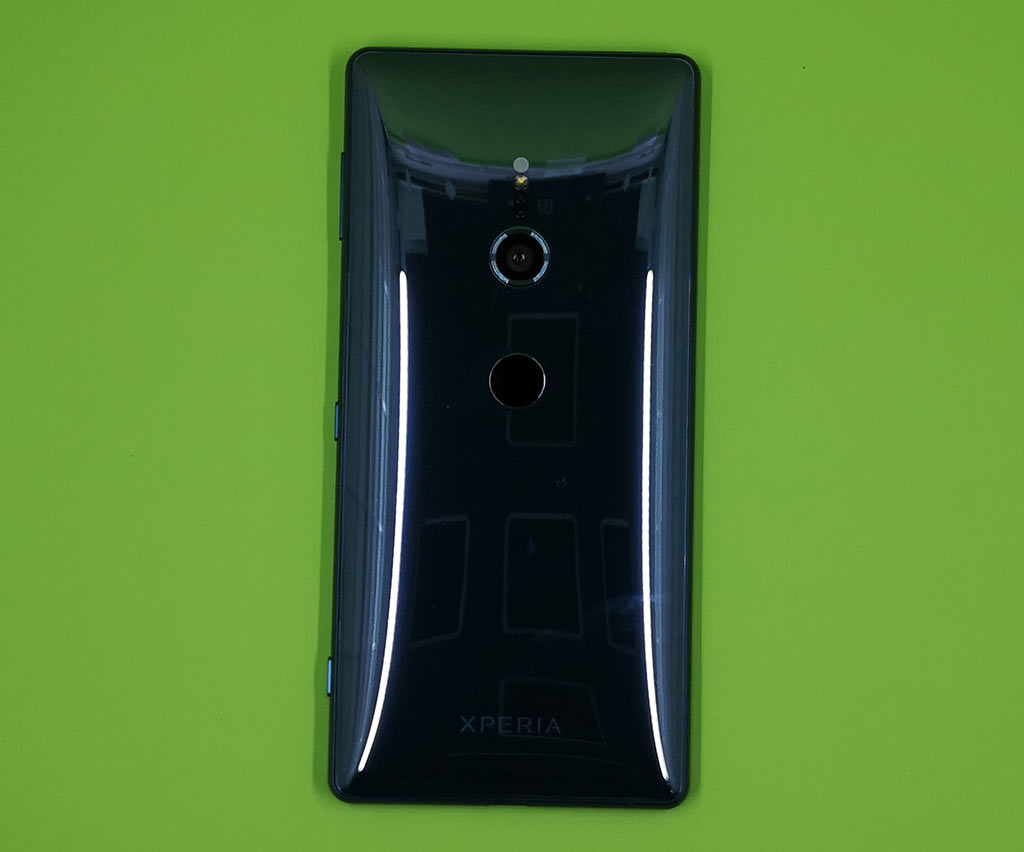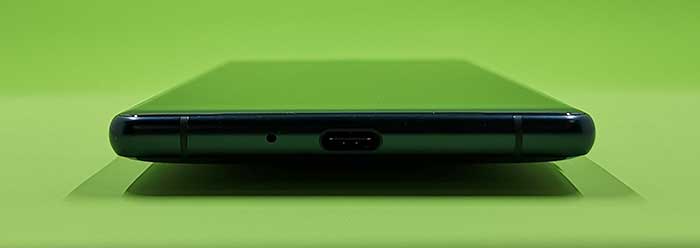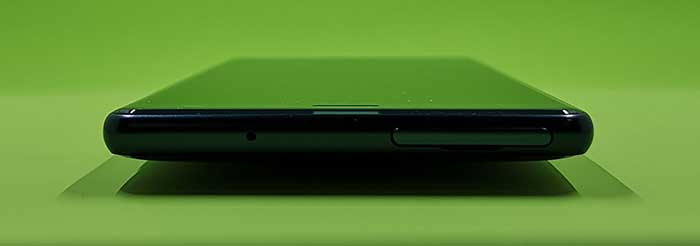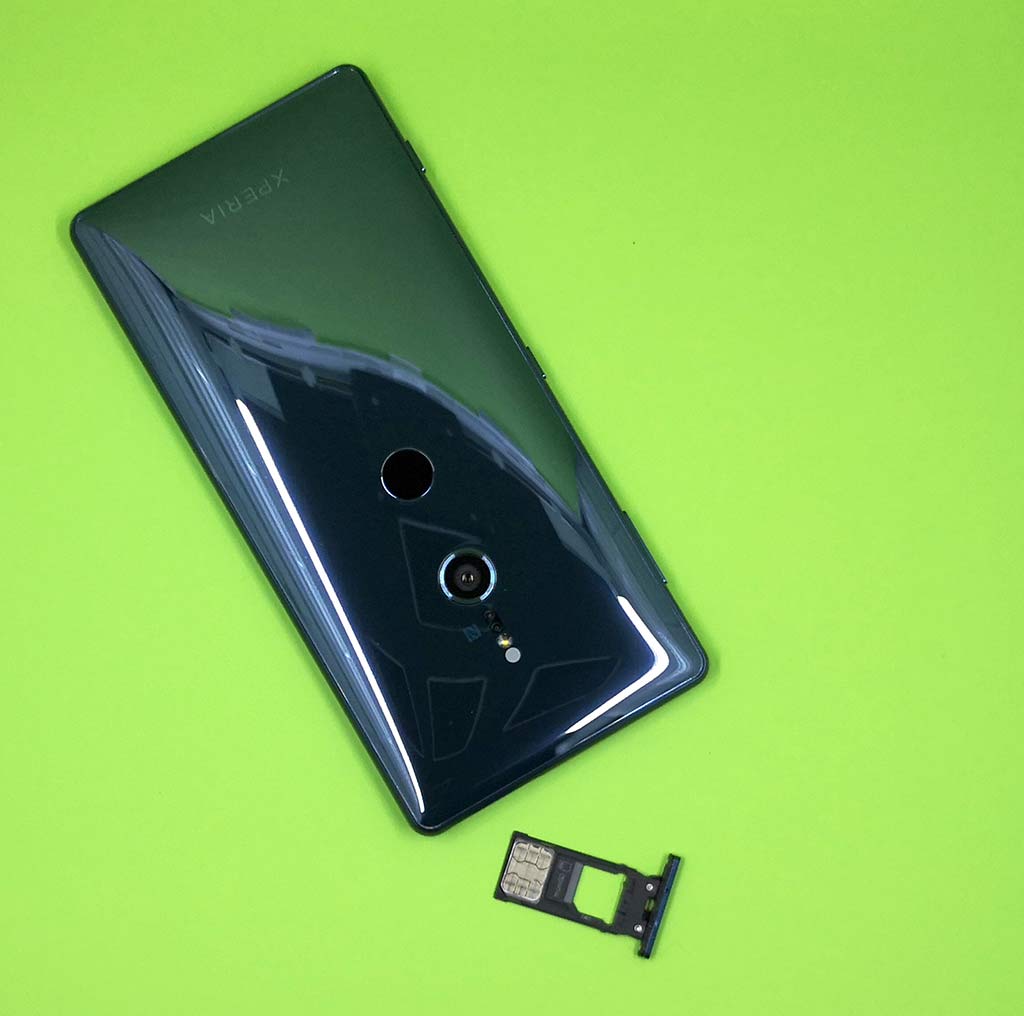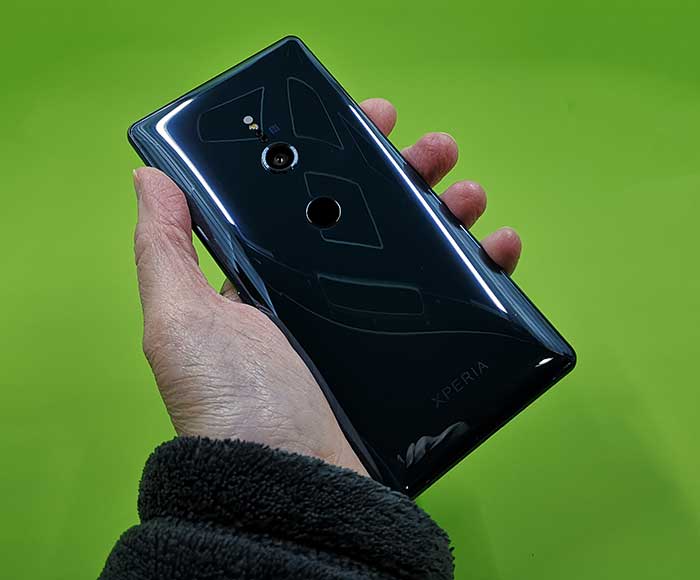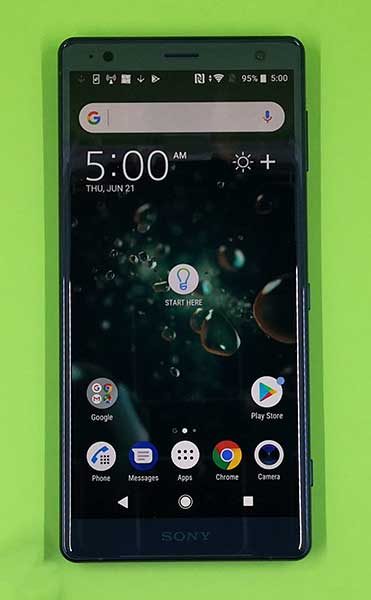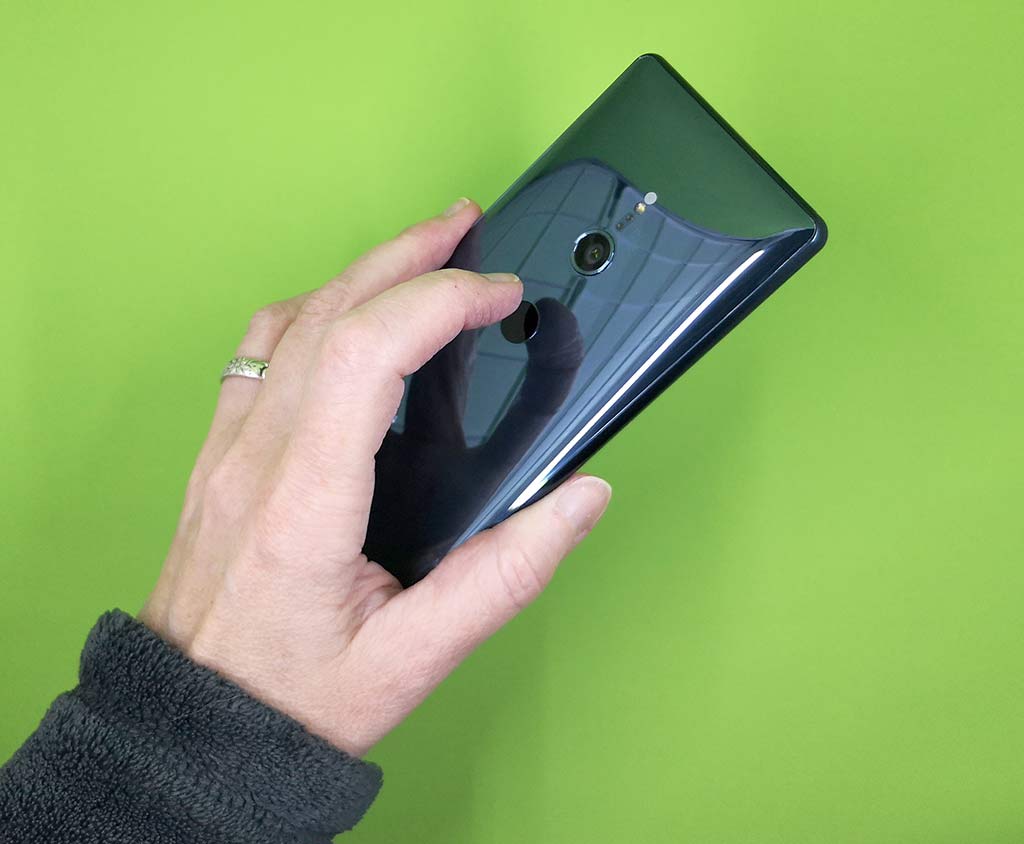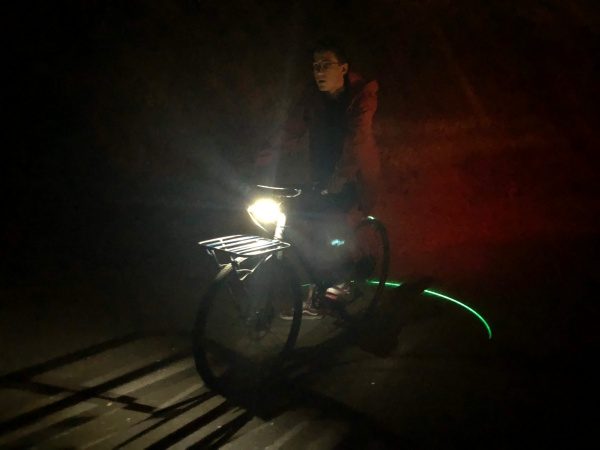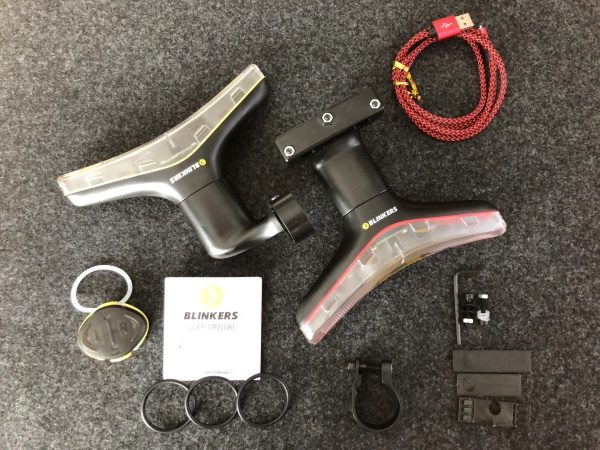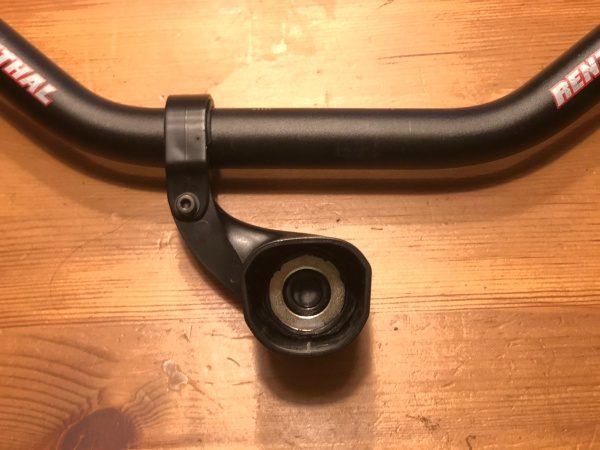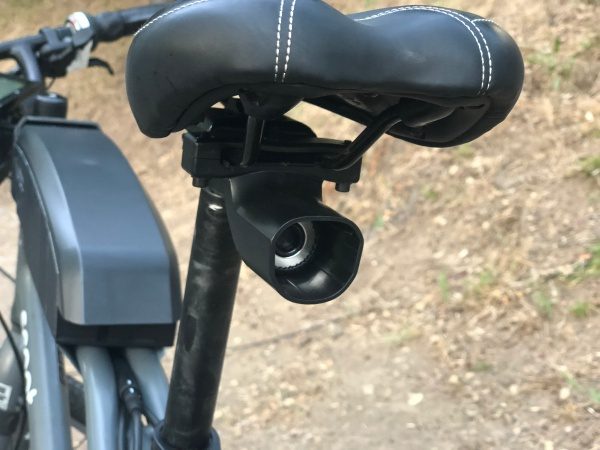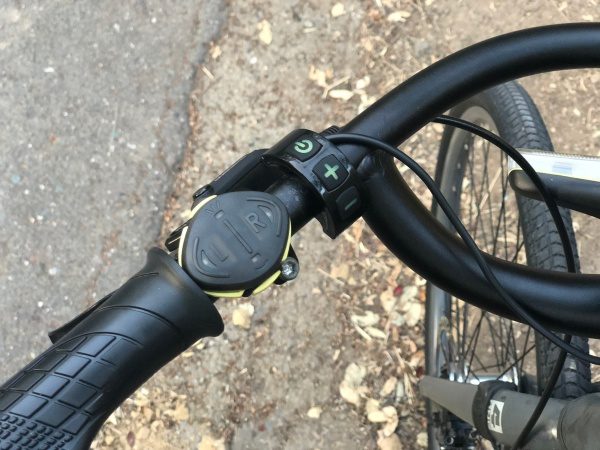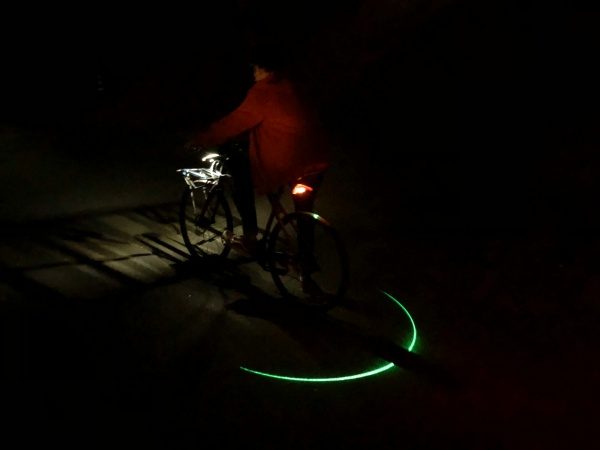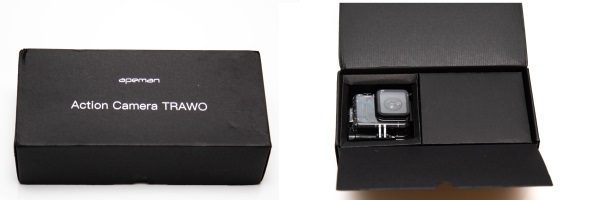
REVIEW – Ever since the famous GoPro Action Camera was launched, many companies have tried to follow that model by creating a similar product with similar features, but for a lower cost. I recently got the opportunity to test and review just such a product. Here are the results:
What is it?
The Apeman Trawo Action Camera is a GoPro style action camera, with 4K capability and a host of similar GoPro features for capturing action and movement footage in all types of environments and scenarios.
What’s in the box
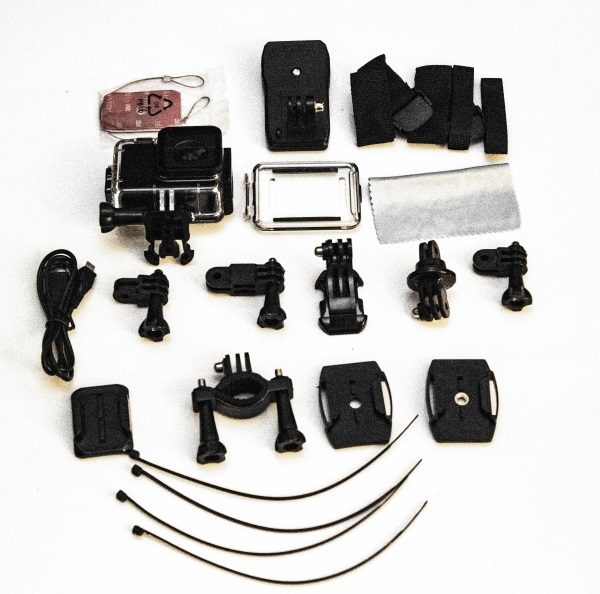
1 x Apeman Trawo Action Camera
1 x Waterproof Case
1 x Additional Rear case Cover
1 x Micro USB Cable
7 x Various Case Mounts
1 x Micro Fiber Cleaning Cloth
1 x Pack of Velcro Straps (Assorted Sizes)
4 x Plastic Ties
1 x Wire Strap with Double-Sided Tape
3 x Base Mounts (@ with ¼-20mm female mounts)
(I received a pre-release version of this camera, so no instruction booklet was included in the box)
Design and features
Much like other Action cameras available today, the Apeman Trawo Action Camera is a small compact action camera that without the waterproof case measures approximately 2 1/4″ x 1 3/4″ x 1″. When in the waterproof case, it measures approximately 3″ x 2 1/2″ x 1 1/2″ at the widest and longest sides. The LCD screen is approximately 1 1/2″ x 1 1/4″. It is well built and in my opinion, it does not feel cheap in any way.
The controls for the camera are on the sides. On the top of the camera, there are 2 buttons. With the camera facing forward, the top left button has 2 main functions on the button. The front of the button powers the camera on and off and the back of the button switches the camera mode between video, camera, viewing, settings modes. The button on the top right turns the record function on and off, works as the shutter button for taking pictures and also works as the selection button when in settings mode.
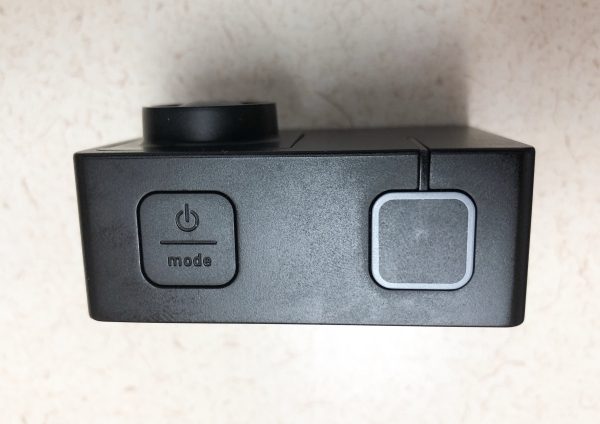
On the left side of the camera, there are 3 ports with a removable cover. These ports are the micro SD card slot, the micro USB port, and the micro HDMI port.
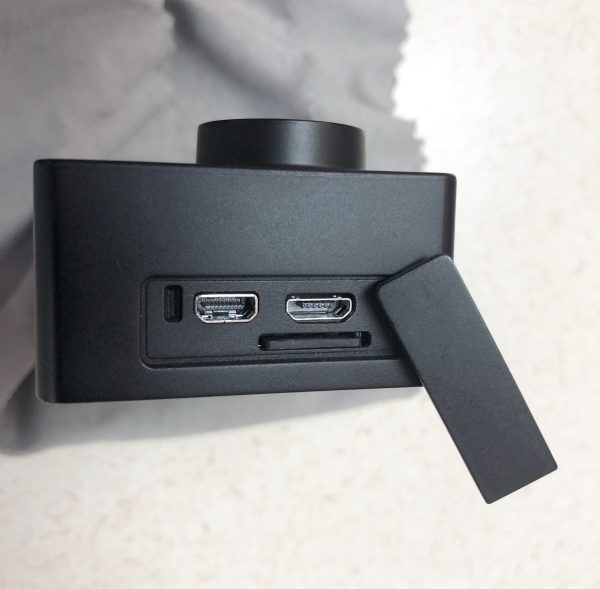
On the right side of the camera, are the up and down buttons for navigating.
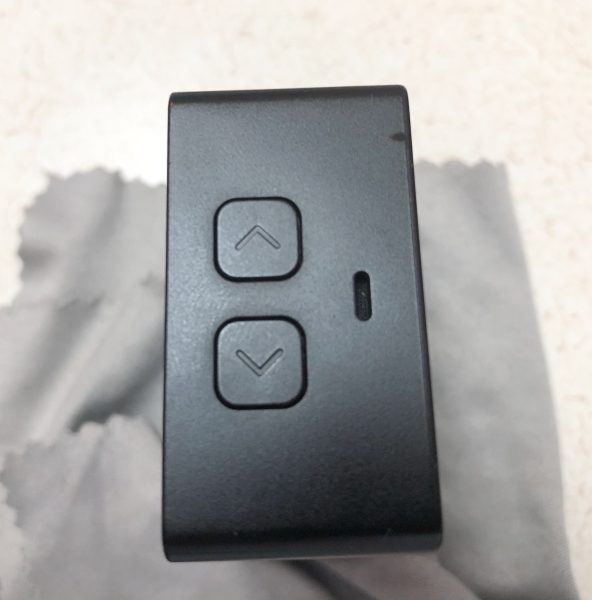
At the bottom of the camera, there is the battery port and cover.
The waterproof case that comes with the camera has water-sealed buttons that mirror the buttons on the camera, but the sides with the ports and battery are sealed.
Settings
The Apeman Trawo has a large selection of settings that offer great customization. Navigating through the settings is very easy and every choice is very clear. The following is the list of settings located on the “settings” screen. I have provided details on the first 2 since many folks would want that preliminary information:
Video resolution – 720P@60fps 1280* 720 ~ 4K@30fps 3840*2160
Image size from – 3MP 2048*1536 ~ 20MP 5120*3840
Time-lapse, Loop Recording, Anti-Shake, Lens Angle, Shooting Timer, Burst, Mic, Exposure Compensation, ISO, AWB, Scene, Rotate, Light Frequency, Language, Date/Time, Date Stamp, Wi-Fi SSID, Screen Saver, Auto Shut Off, Delete, Format, Default Setting, Version.
(See Settings Screens Below)
Performance
I used the action camera for daily activities to see how it would stand up to things I normally do. For the first test, I bought a windshield mount, and I tried it out as a dashcam.
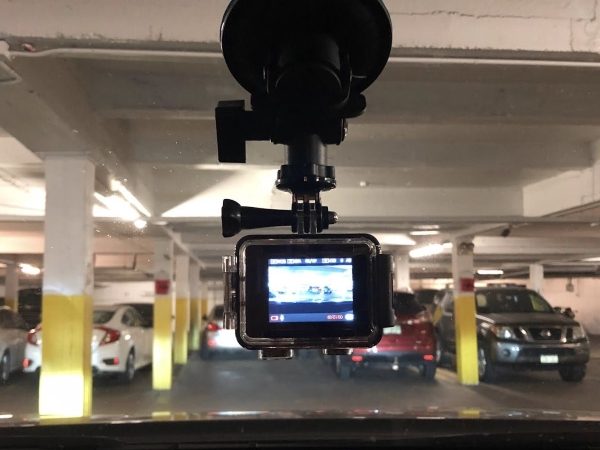
The footage I got was very good and the stabilization worked well. However, the camera seemed to have some negative effects from the heat of the sun through the windshield. Let me first say that before each test, I charged the battery overnight to ensure that it was fully charged. Each time I used it, it either shut down at around an hour or so of use, or when it didn’t, the battery drained very quickly, or the sensors told the camera that it was drained. Each time the battery indicator was red, and when I removed the camera from the windshield mount and powered it off, waited a bit and powered it back on, the battery showed back in the white, but also on the low side. My conclusion is that there must be some effect from the heat.
Here is some footage from the dashcam: (Notice near the end of the video when I am driving on really rough roads, how well the Anti-shake works).
My next test was to see if the waterproof case was, in fact, waterproof and to see what kind of underwater footage I could get with the water thrashing up against the camera. For this test, I purchased a waterproof monopod with a 1/4″-20mm stud.
I then submerged the camera into the waves of the shoreline of the Atlantic Ocean. I am not a diver so I am not sure what the depth threshold is, but the case is definitely waterproof. Here is some of the footage:
The Action Camera also takes wide and clear pictures. (You can choose the lens angle in the settings)

What I like
I like the small form factor of the camera that mirrors that of the GoPro. I like that is records in 4K, and that the waterproof case really is waterproof. The footage is great.
What can be improved
- Battery response to heat
- Better battery life
- Addition of a detailed instruction booklet
Final thoughts
When I first received the Apeman Trawo Action Camera for review, I was expecting a less than capable GoPro knockoff that like many similar products, would not do any one thing very well. I must say that I am quite surprised by the performance and capabilities of this action camera. It performs very well, albeit with a few issues that I am sure can be overcome. It offers great footage and great resolutions, and the stabilization actually works. When comparing the price to other action cameras that offer the same quality and features, in my opinion, this is a great choice.
Price: $139
Where to buy: Amazon
Source: The sample for this review was provided by Apeman.
Filed in categories: Reviews
Tagged: Action Camera, Camera
Apeman Trawo action camera review originally appeared on The Gadgeteer on July 18, 2018 at 9:00 am.
Note: If you are subscribed to this feed through FeedBurner, please switch to our native feed URL http://the-gadgeteer.com/feed/ in order to ensure continuous delivery.

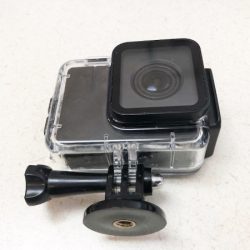
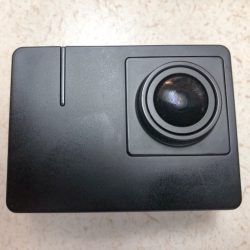
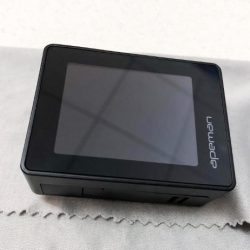
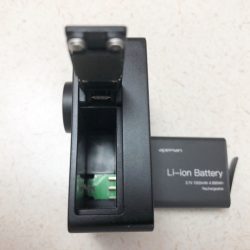
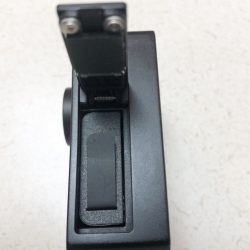
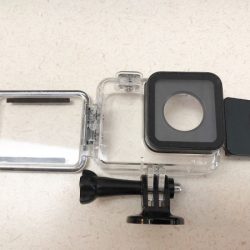
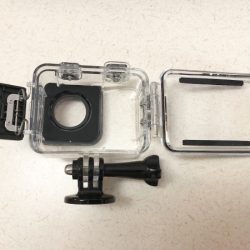

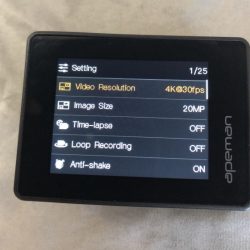
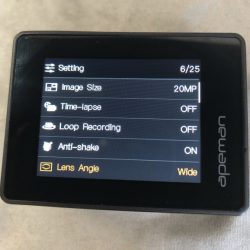

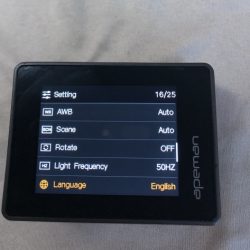
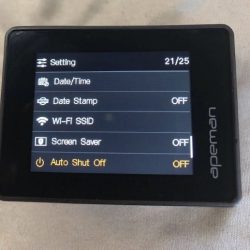
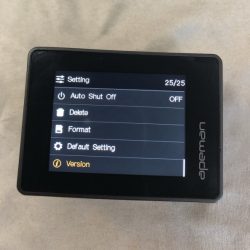
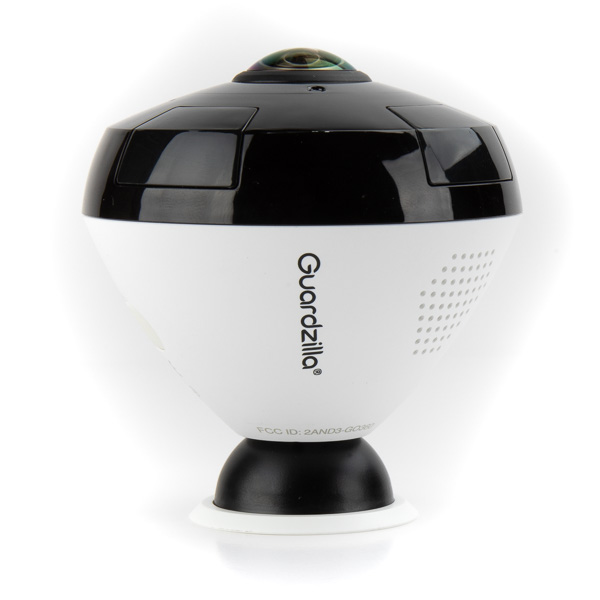 REVIEW – There is almost no end to the number of security cameras on the market today, which is one of the reasons I’ve put off buying one. When the chance to review the Guardzilla 360 security cam came along, I jumped at the opportunity to see just what it could do.
REVIEW – There is almost no end to the number of security cameras on the market today, which is one of the reasons I’ve put off buying one. When the chance to review the Guardzilla 360 security cam came along, I jumped at the opportunity to see just what it could do.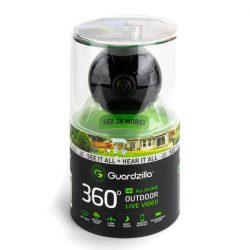
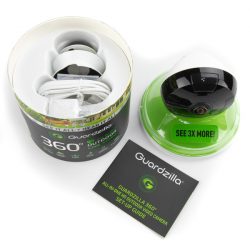
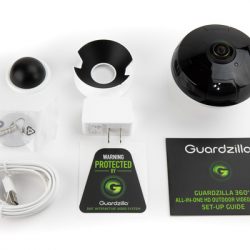
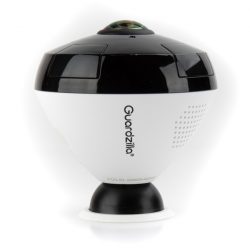
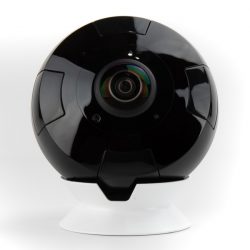
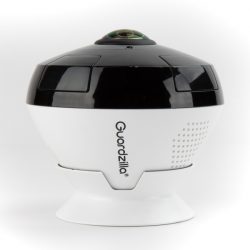
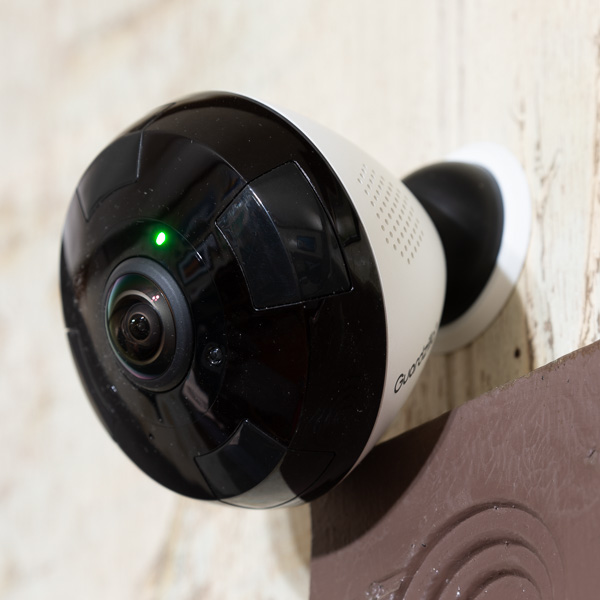 The Guardzilla 360 can run from both an AC power cord, or from the built-in rechargeable battery. The battery option is really nice in the case of a power outage or temporarily placing it somewhere.
The Guardzilla 360 can run from both an AC power cord, or from the built-in rechargeable battery. The battery option is really nice in the case of a power outage or temporarily placing it somewhere.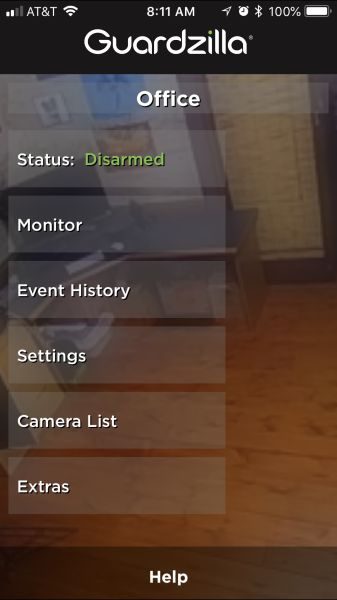
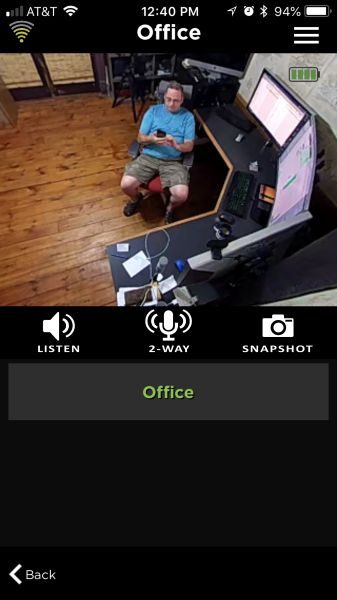

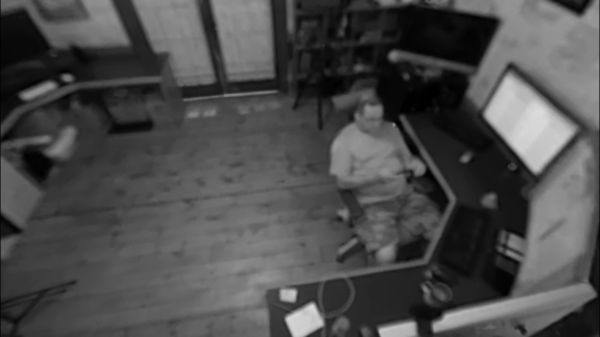
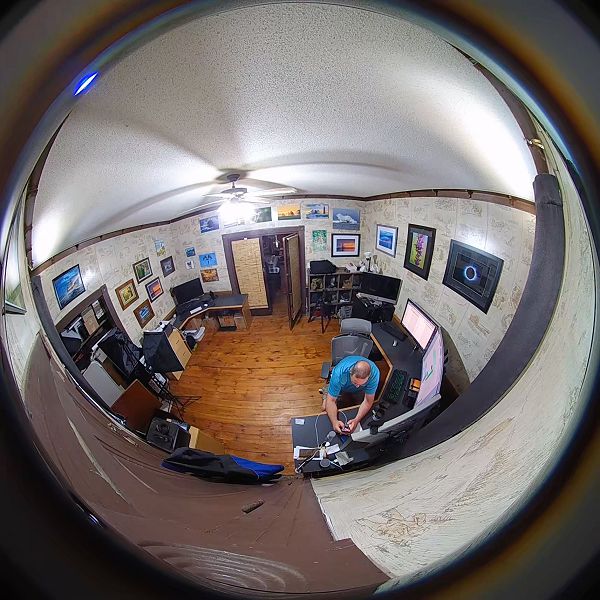
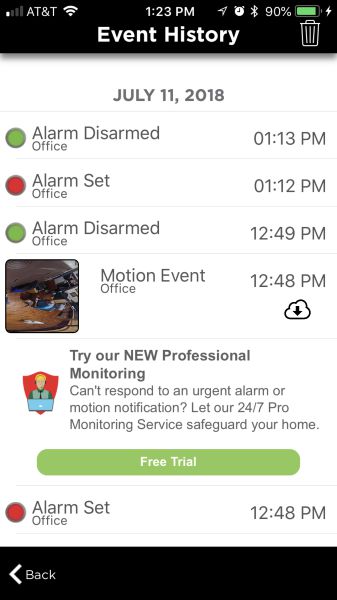
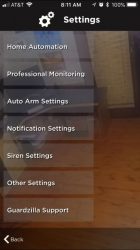
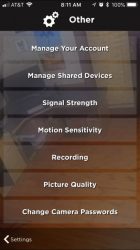
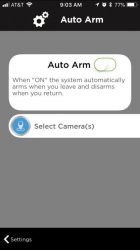
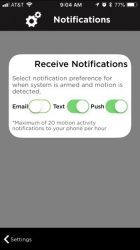
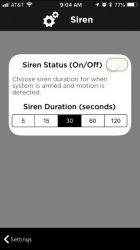
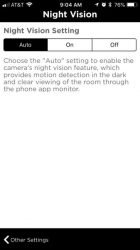
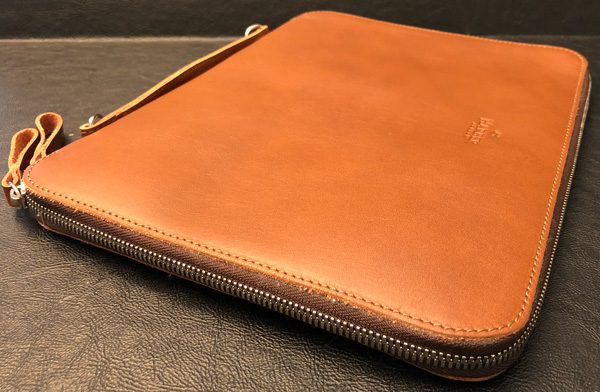
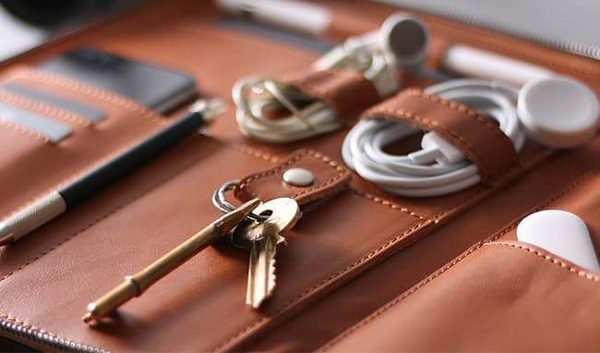
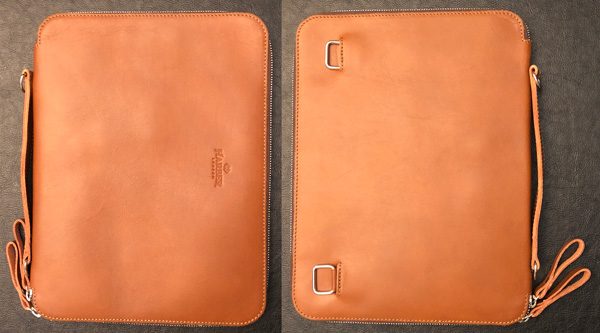
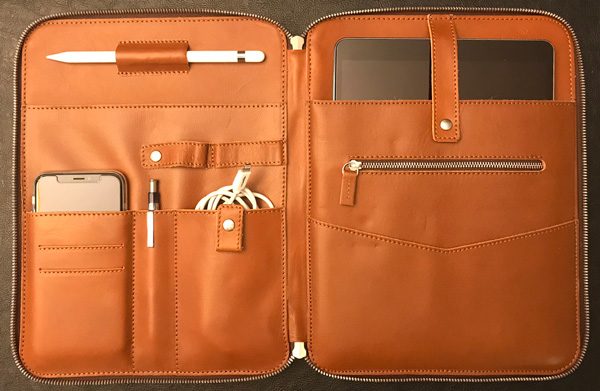
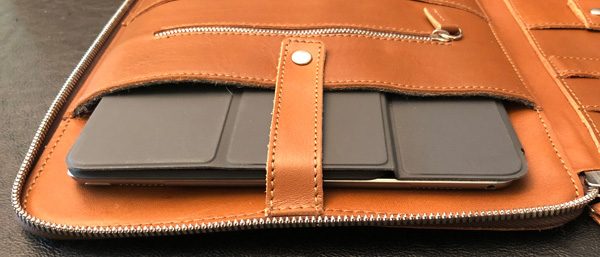
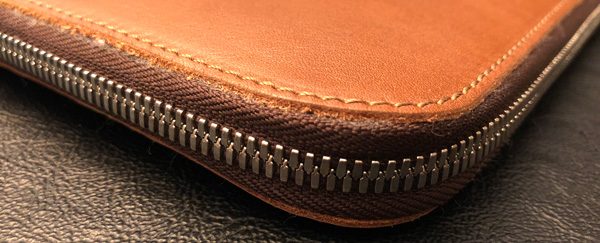
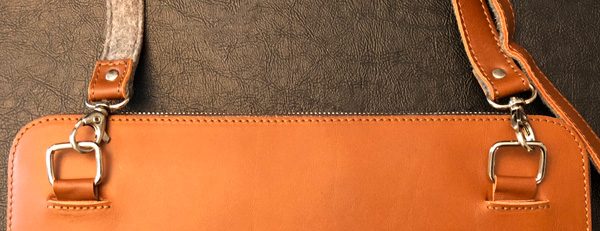





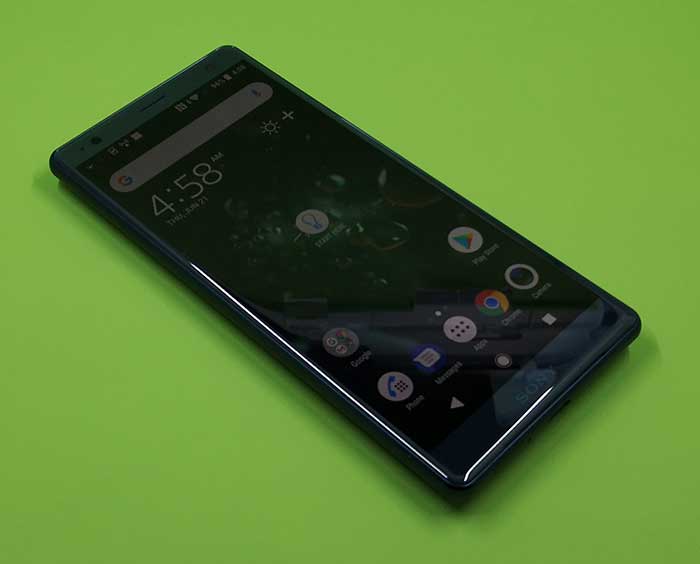
 845 Mobile Platform
845 Mobile Platform